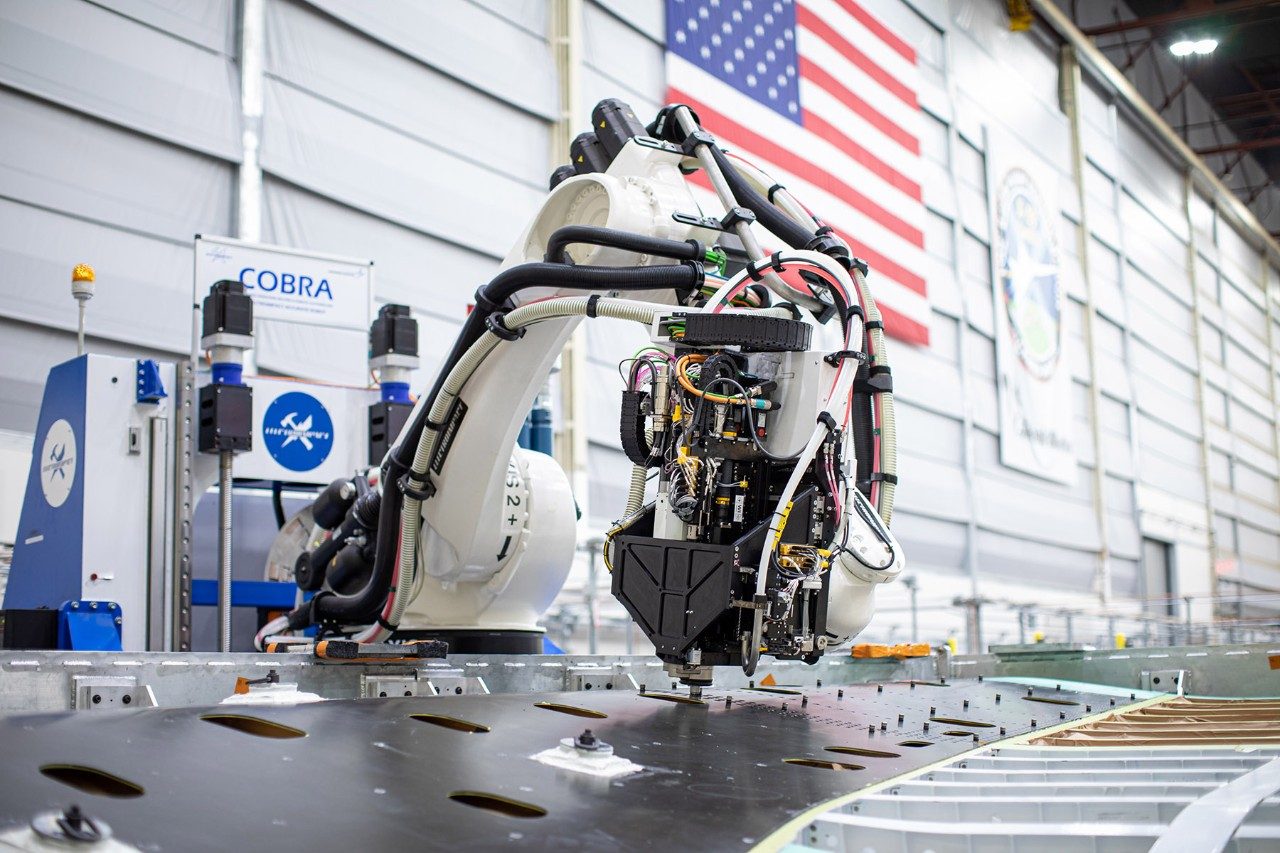We go for the next generation. We go for progress. We go for a greater understanding of the universe. We go to prove that getting to Mars is possible by using today’s technology. We go forward to the Moon now for her first steps. We go for all of us, here on Earth.
For more than 60 years, space exploration has been our driving force at Lockheed Martin. In our high bays and advanced technology centers, we created an engine of innovation that continues to push for – and make possible – the permanent expansion of humanity into our solar system and beyond.
At Lockheed Martin, we go for the greatest adventure in human history.
Getting to the Moon: Orion
NASA’s Orion spacecraft is the only human spacecraft specifically designed and built to withstand the punishing environment of deep space. We designed Orion with the specific technology needed for the extremes of deep space, such as life support, navigation, radiation shielding, communications and its heat shield.
With the success of the first test flight of Orion and the Space Launch System (SLS) rocket during Artemis I, the first crewed flight is fast approaching. Launching in late 2024, Artemis II will take a crew of four around the Moon and back over 10 days.
Landing on the Moon: Sustainable Human Landing System
NASA asked the aerospace industry to get astronauts to the surface of the Moon, and we’ve rolled up our sleeves and are taking the challenge head-on. Lockheed Martin is partnered with Blue Origin, who assembled a national team to respond to this national priority. Other members of the National Team include Draper, Boeing, Astrobotic and Honeybee Robotics.
In May 2023, NASA awarded a contract to Blue Origin for their National Team to develop a sustainable human landing system that will carry astronauts to the Moon for the Artemis V mission.
Lockheed Martin role is to build humanity’s first Cislunar Transporter, a liquid hydrogen, liquid oxygen refueler for the Blue Moon sustainable human landing system.
As a principal partner on Blue Origin’s National Team, Lockheed Martin brings to the lunar lander effort more than 50 years of experience in space exploration – from developing the Orion spacecraft, to supporting numerous planetary robotic missions, to developing the space shuttle’s external fuel tank. Additionally, Lockheed Martin and National Team partners are drawing on their extensive supplier base, engaging strategic small and mid-sized businesses across the country in the development of the landing system.
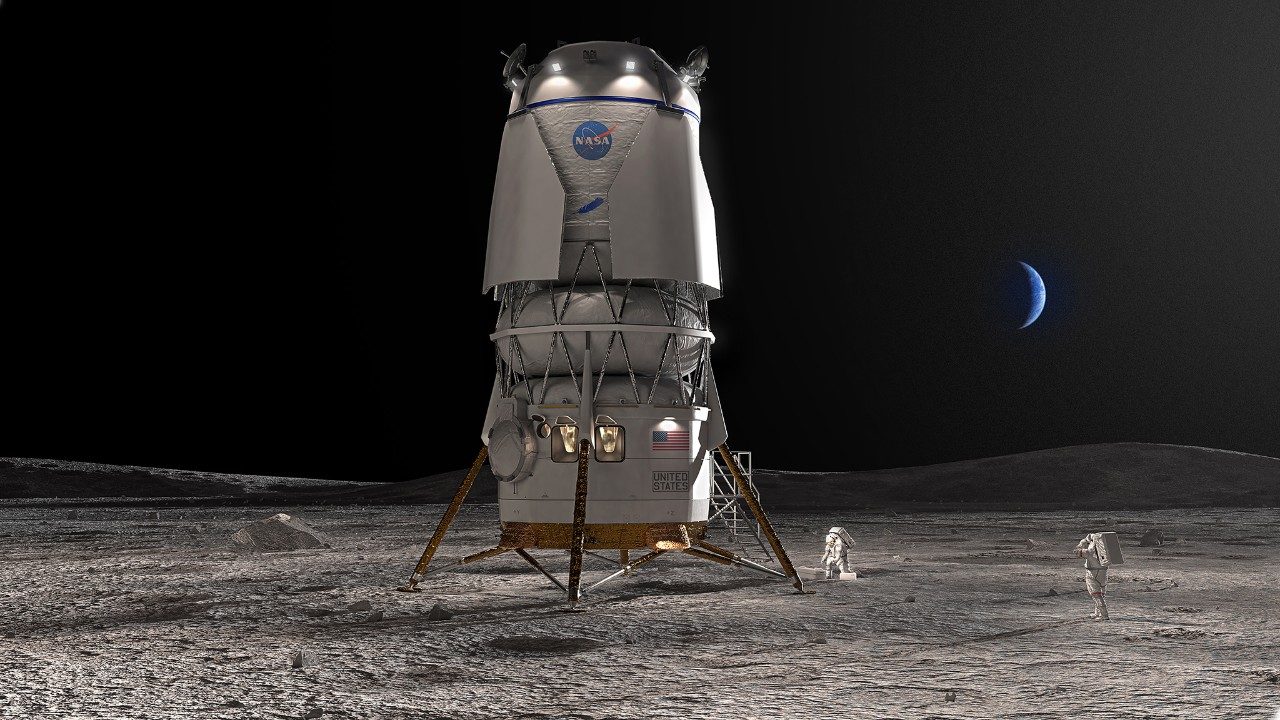
Image Credit: Blue Origin
How we can explore the Moon together: CLPS
After being selected for NASA’s Commercial Lunar Payload (CLPS) catalog, the Lockheed Martin team continues to make progress for the robotic exploration of the Moon. Under a CLPS study, Lockheed Martin determined how the McCandless Lunar Lander can accommodate a large NASA science payload, supporting up to 1,000 kg capacity.
The McCandless lander provides transportation services for government, commercial and academic customers.
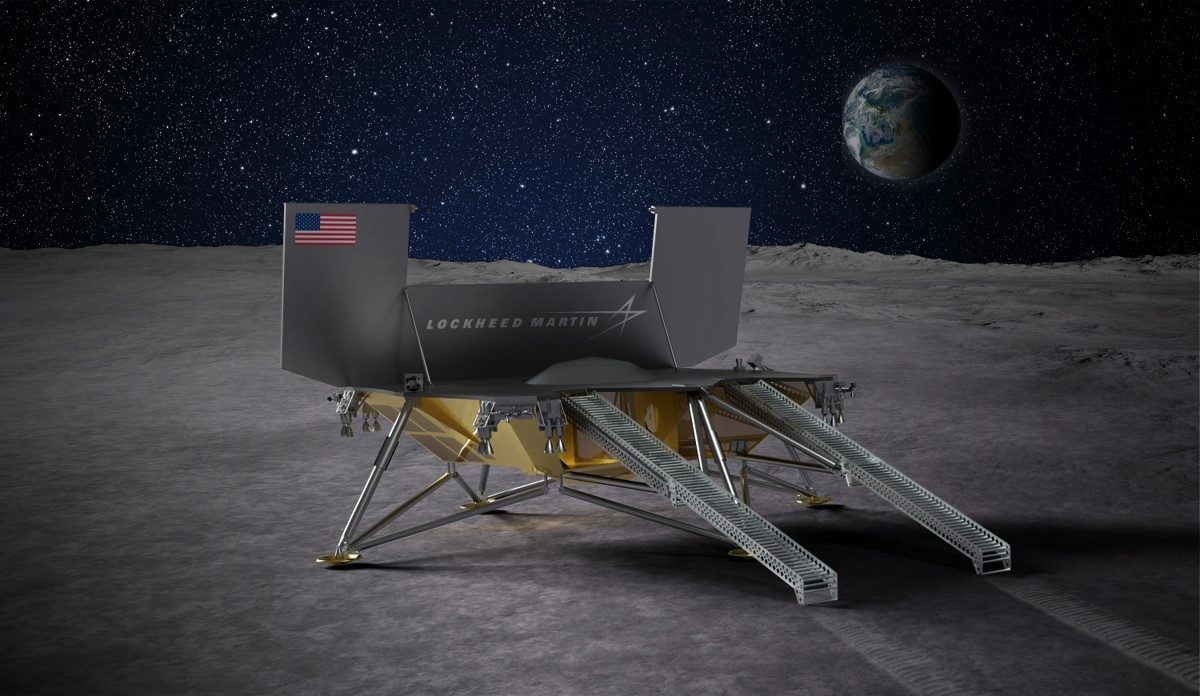
The People Exploring the Moon
Mars
Mars Base Camp
Martian Robotics
Lockheed Martin is the only company that has built a spacecraft that has successfully landed on Mars…and we have done it four times. Beginning with NASA’s inaugural Viking missions to Mars in the 1970s, we have participated in every NASA mission to the planet since. InSight is NASA's 21st Mars mission and the 11th Mars spacecraft Lockheed Martin has manufactured. That extensive experience means that our engineers-built InSight with the most advanced technology and lessons learned from previous Mars missions.
Landing on Mars means guiding a spacecraft like InSight more than 300 million miles to a select point in the Martian atmosphere that’s only 15 miles wide—that’s like hitting a hole-in-one from 2,100 miles away. Our propulsive landing systems help Mars landers, including Viking, Phoenix and now InSight, touch down safely. We are now protecting the Mars 2020 Perseverance rover on the latest mission to Mars landing February 2021.
We continue to explore advanced techniques needed to land heavier spacecraft that will carry humans, their gear and supplies, and the fuel needed for the 300-million-mile-plus trip – depending on where Mars is at the time of launch.
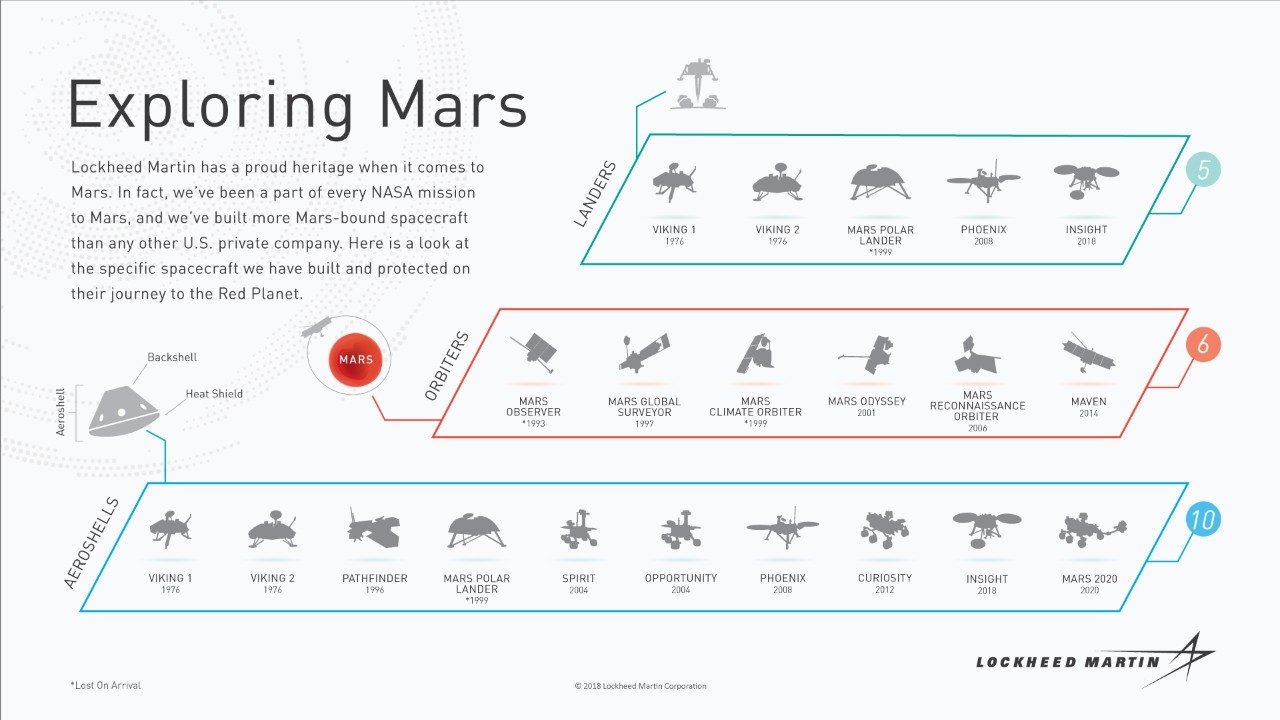
Beyond
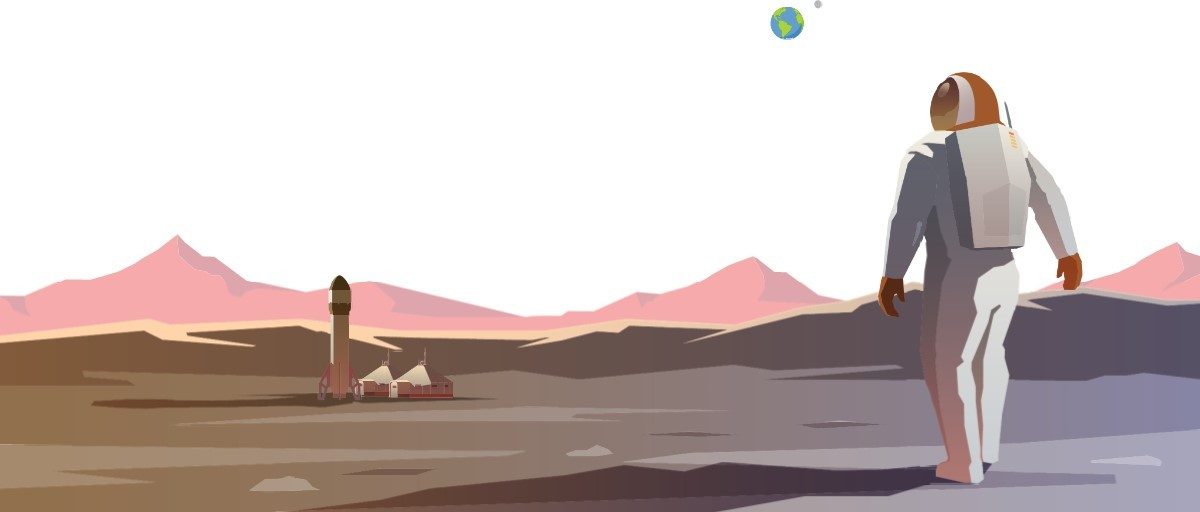
Artificial Intelligence
Imagine you’re in orbit around Mars, some 140 million(ish) miles away from Earth, and then something goes wrong. You can’t pick up the phone because it’s going to take 20 minutes for your signal to reach Houston. So, what do you do? You turn to all the data right at your fingertips — meet MAIA! Lockheed Martin Space is working on a technology initiative called MAIA (model-based artificial intelligent assistant) which is an onboard virtual reality and augmented reality system that is essentially a digital ecosystem of data. This gives astronauts a real-time, interactive representation of the vehicle and its environment, providing predictive capabilities for crew and vehicle alike.
By utilizing the convergence of new tools like high-power computing, AR and VR our experts are exploring ways to create a system that is constantly learning and providing meaningful information for the crew — transforming human spaceflight like never before.
Learn More: How AR and VR could Help Get Humans to Mars
We're engineering a better tomorrow.
Your individual skills play a critical role in changing the way the world works and helping us develop products that make it a safer place to achieve your goals. Our teams are made up of diverse employees from a wide range of disciplines and backgrounds, working together to tackle complex challenges and push the boundaries of innovation.
Explore our skill areas to find the right opportunity for you.





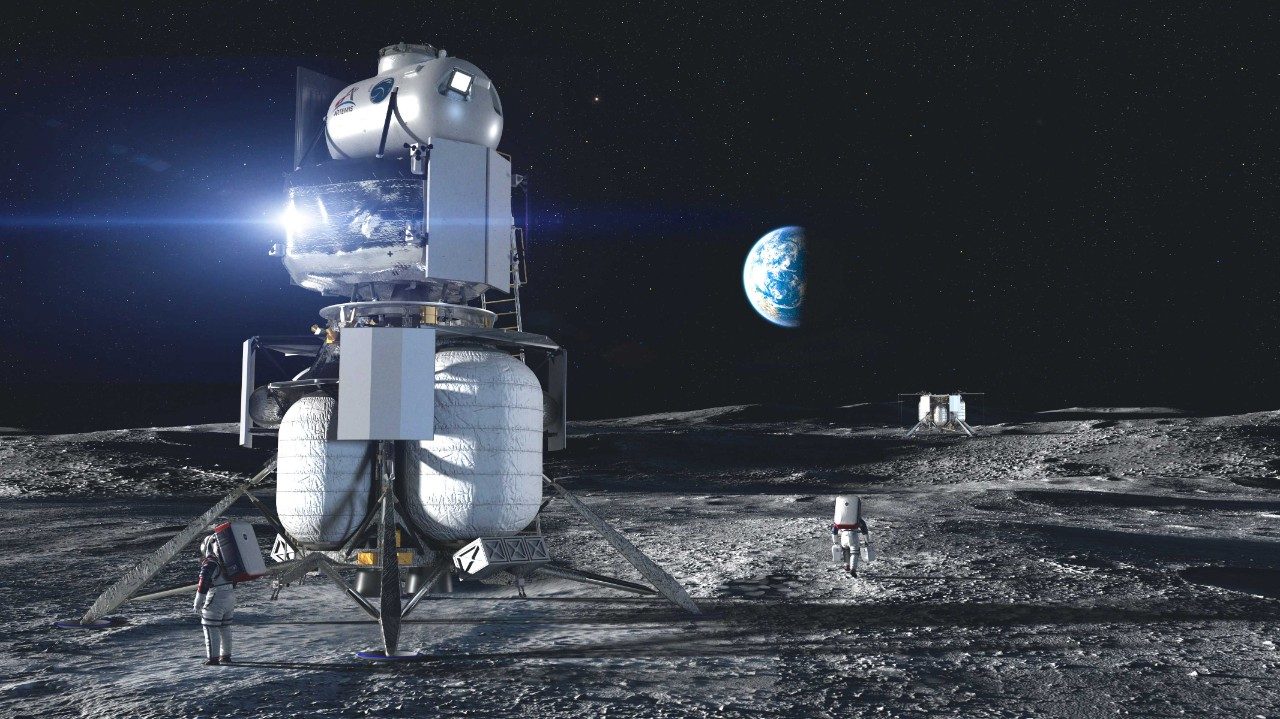
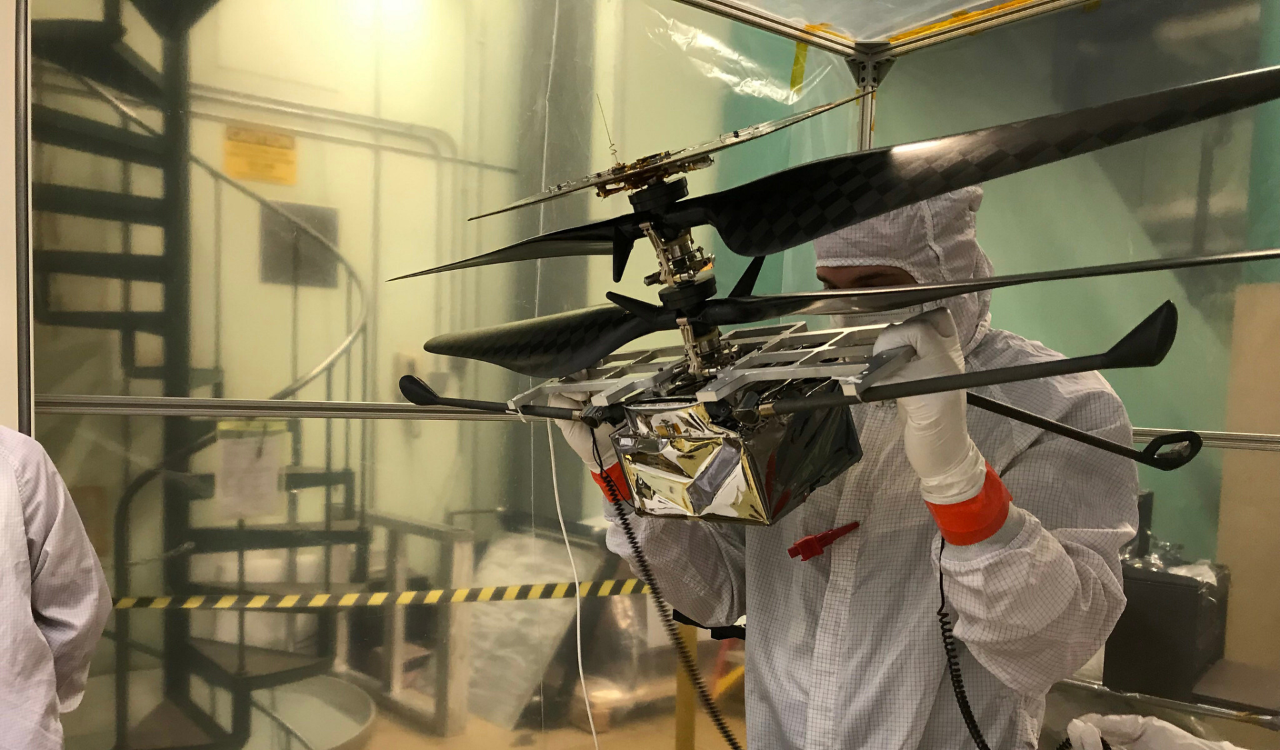
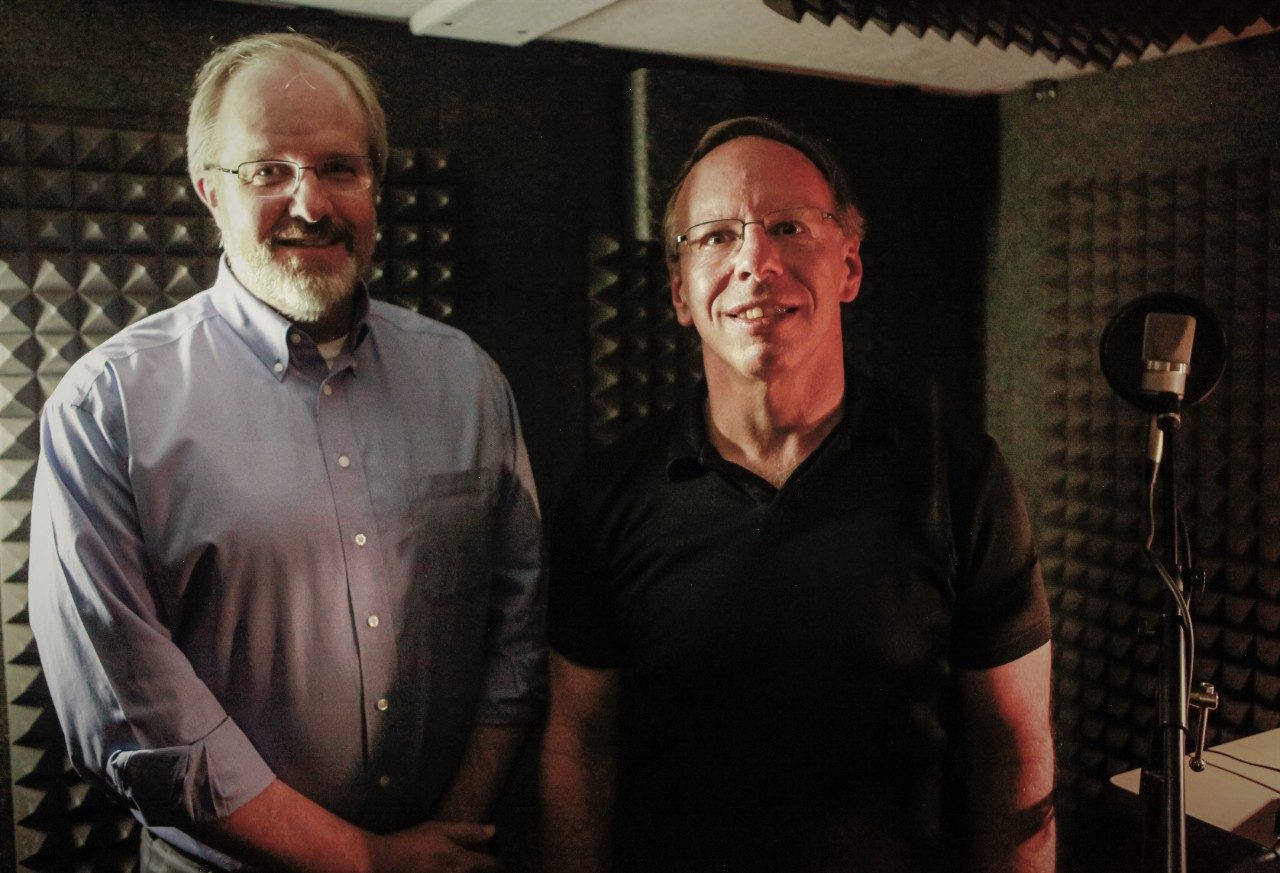
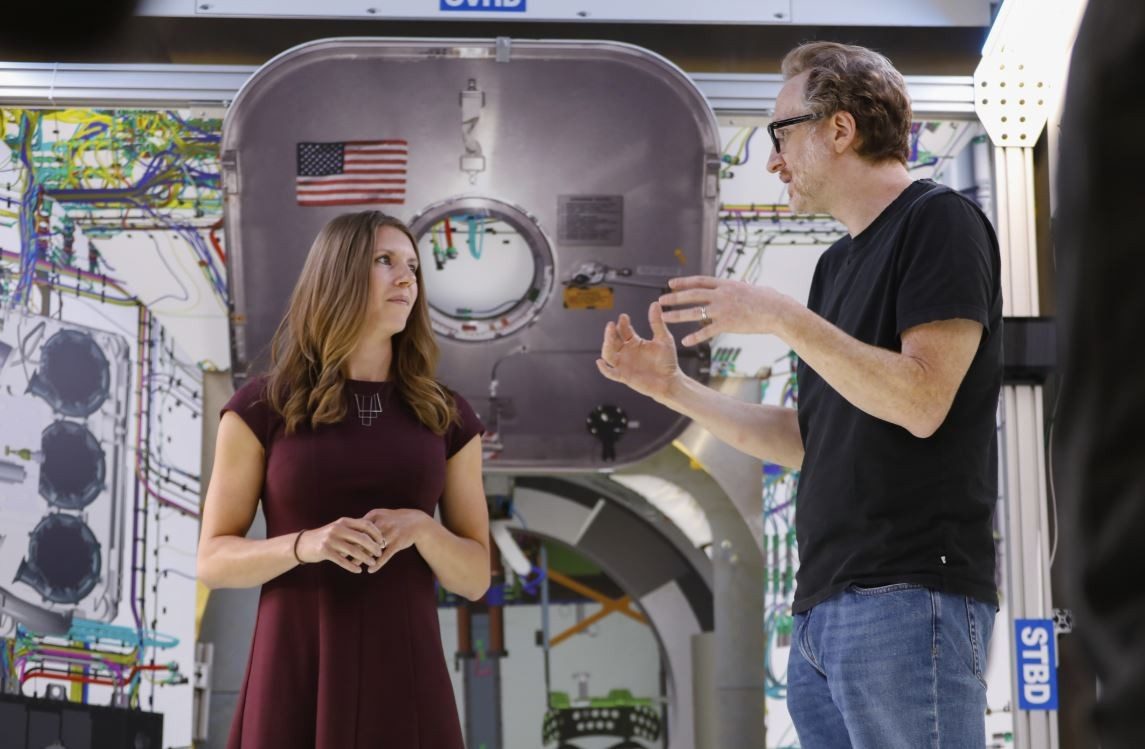
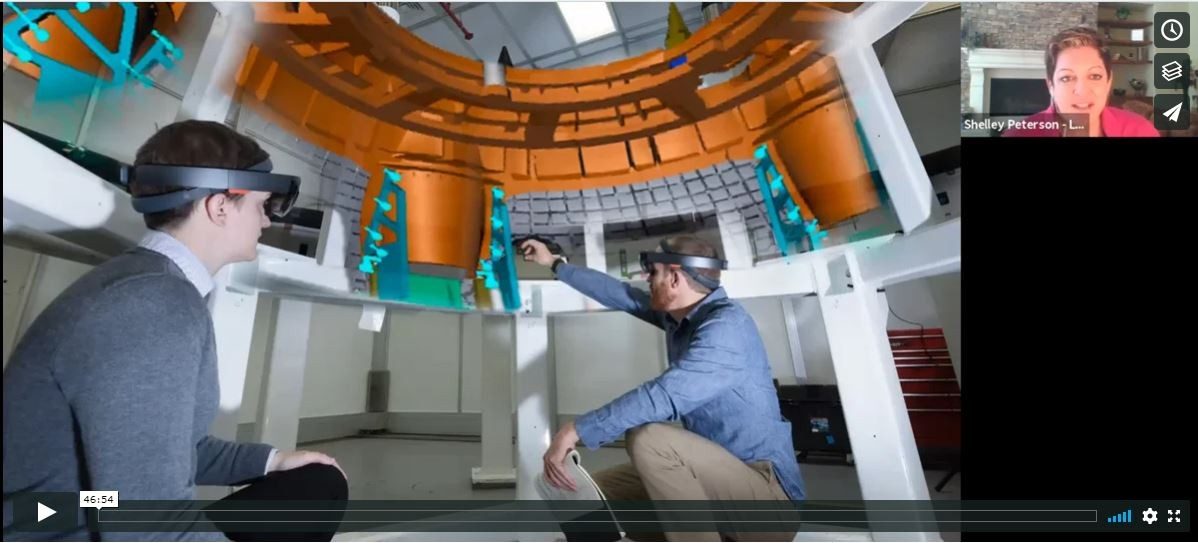
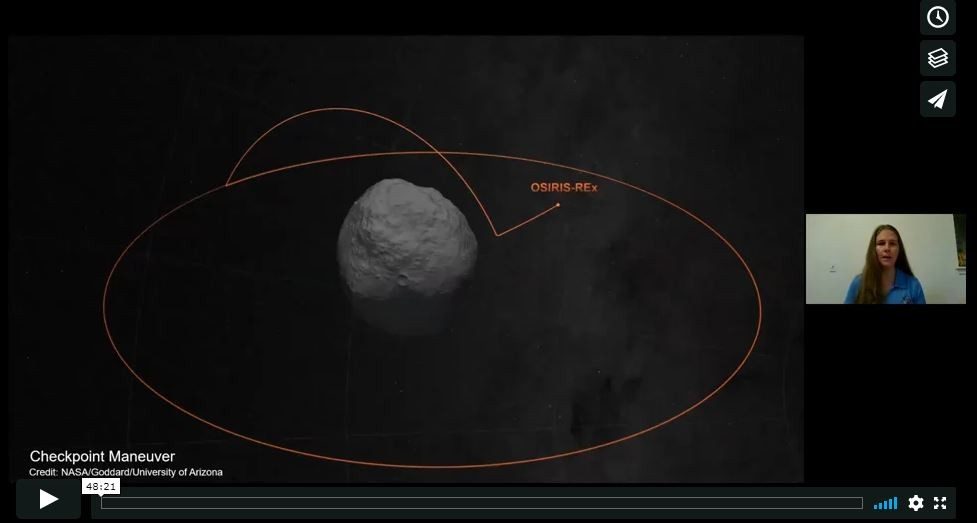

.jpg.pc-adaptive.full.medium.jpg)

